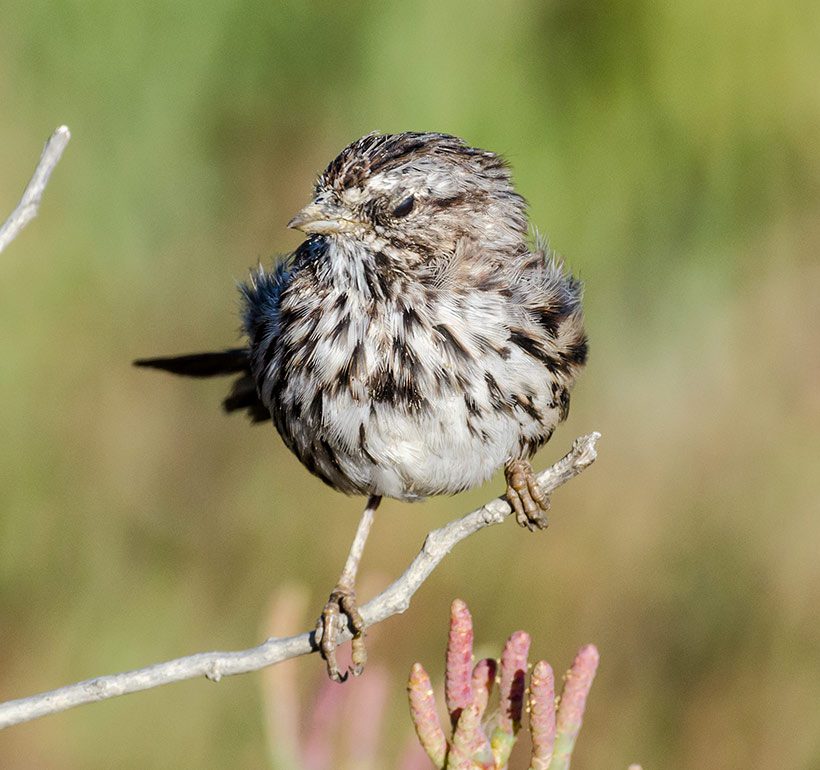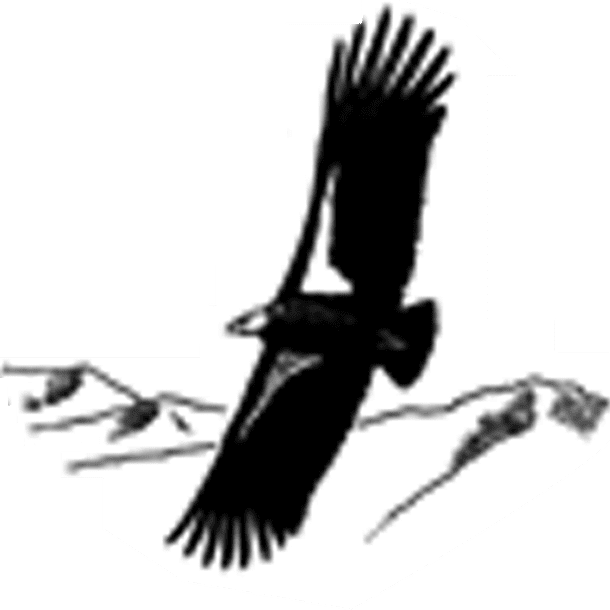Feather-Munching Bacteria May Influence Bird Evolution
July 21, 2016
Editor’s note: The following research summary describes a new article in The Auk: Ornithological Advances, the journal of The American Ornithologists’ Union, and was provided by the Central Ornithology Publication Office.
A new study in The Auk: Ornithological Advances links feather-degrading bacteria to damaged plumage on wild birds for the first time, offering new insights into how birds’ ecology and behavior might affect their exposure to these little-studied microbes.
Scientists know surprisingly little about the diverse community of microbes that lives on bird feathers. A few of these species of bacteria can actually break down keratin, the material feathers are made of, but few studies have looked at how feather-degrading bacteria actually affect birds in the wild. Combining data from a decade’s worth of bird-banding studies, Cody Kent and Edward H. Burtt of Ohio Wesleyan University found that tail-feather wear was strongly correlated with the presence of feather-degrading bacteria—the first time this relationship has been demonstrated in live, wild birds.
Kent and Burtt’s dataset included more than 3,500 birds from 154 different species captured between 1996 and 2005, in locations ranging from a rural Ohio backyard to Canada’s Bay of Fundy to a Louisiana bayou. Researchers carefully wiped each bird’s plumage across petri dishes containing a growth medium to culture any microorganisms living in the feathers. Ground-foraging, aerial-foraging, and fly-catching birds had a higher prevalence of feather-degrading bacteria, while nectivorous, tree-probing, and marine-foraging birds were less likely to harbor the microbes.
“In vitro work has shown that many organisms are capable of breaking down bird feathers, and several studies have linked bacterial load to factors with evolutionary implications, such as breeding success and survival,” says Kent, now a PhD student at Tulane University. “However, we have little knowledge on what factors actually influence bacterial load on wild birds or even clear evidence that feather-degrading bacteria actually break down feathers in live, wild birds. These are important factors to understand before we can make strong arguments for their evolutionary importance, and this paper begins to answer these questions.”
“Kent and Burtt’s new study is a tour de force,” says Dale Clayton, a University of Utah ornithologist who was not involved with the study. “It underscores the potential importance of feather-degrading bacteria as selective agents that may influence the evolution of birds in important ways. Tragically, Jed Burtt passed away prior to final publication of the paper, which is a fitting tribute to his lifelong love of birds and his pioneering work on the creatures that live on them.”
About the journal: The Auk: Ornithological Advances is a peer-reviewed, international journal of ornithology that began in 1884 as the official publication of the American Ornithologists’ Union. In 2009, The Auk was honored as one of the 100 most influential journals of biology and medicine over the past 100 years.
Reference
Kent, C.M. and Burtt, Jr., E.H. 2016. Feather-degrading bacilli in the plumage of wild birds: Prevalence and relation to feather wear. The Auk 133: 583-592.

All About Birds
is a free resource
Available for everyone,
funded by donors like you
American Kestrel by Blair Dudeck / Macaulay Library


